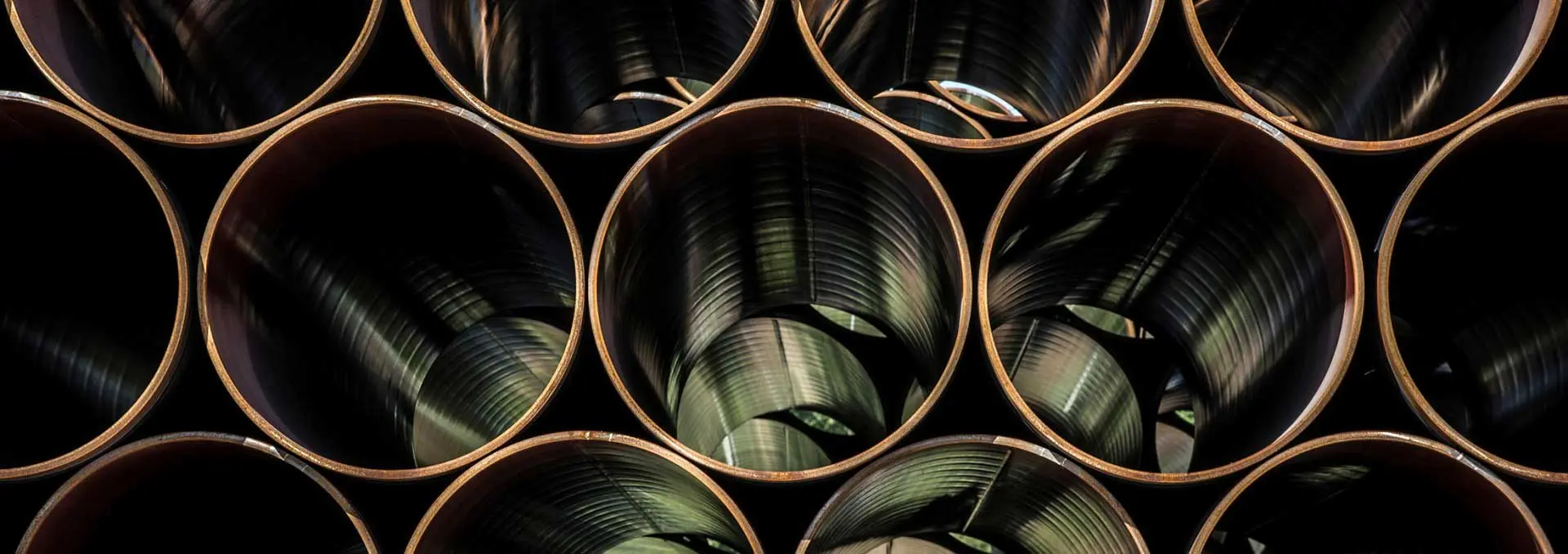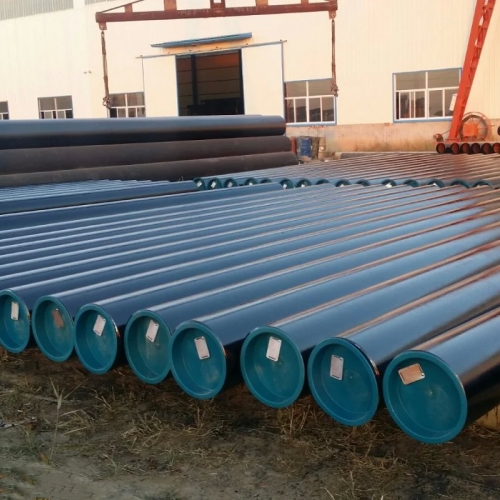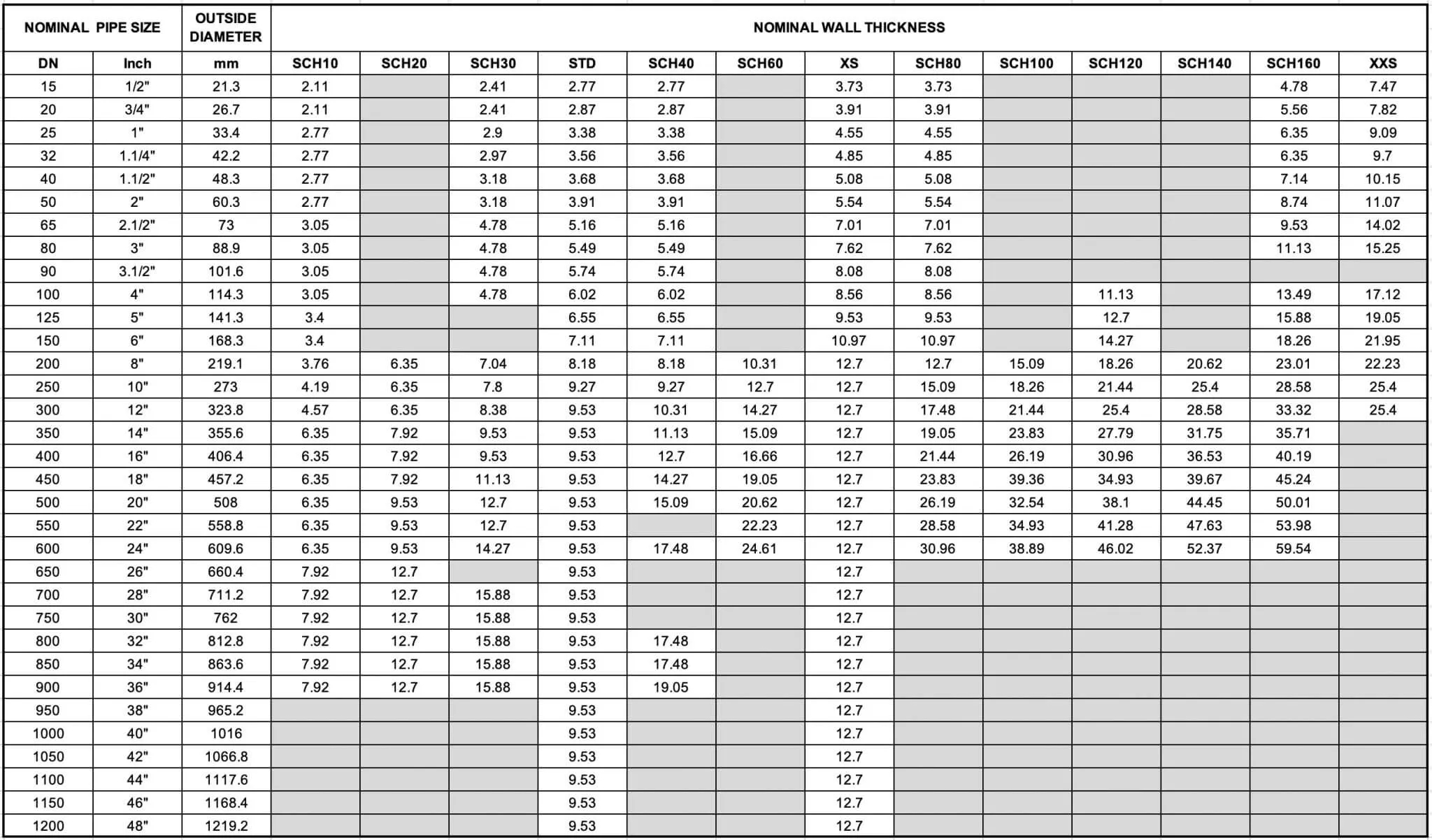API 5L line pipes offer a number of advantages over regular pipes. First, they are quality controlled and certified to ensure that they meet the latest industry standards. Second, they are subjected to rigorous testing to ensure that they can withstand the rigors of pipeline transport. Third, they are carefully controlled during production to ensure that they meet all quality and safety regulations. Fourth, they have a longer service life than regular pipes, due to their superior material quality and design. As a result, API 5L line pipes offer superior performance and reliability, making them the ideal choice for a wide range of pipeline applications.
- Hydrostatic Test
Hydrostatic tests are performed to ensure that a pipe can withstand the internal pressure require hydrostatic testing, which is the process of pressurizing a hydro-test, is done during the manufacturing process to test for leaks in the weld seam or pipe body. The hydro-test consists of filling the pipe with water and then applying pressure to it until it reaches the hydrostatic pressure required by the manufacturer. If there are no leaks, the hydrostatic pressure will equal the hydrostatic test pressure. If there is a leak, hydrostatic testing can help to identify where it is located so that it can be repaired. Hydrostatic testing is an important part of ensuring that a pipe can safely transport fluids under pressure.
- Bending Test
A bending test during pipe production is a test used to determine the steel’s ability to withstand bending without cracking. A sample piece of steel is welded at the center and then placed on a jig. The steel is then slowly bent until it reaches the desired angle. The steel is then inspected for cracks. If there are no cracks, the steel passes the test. If there are cracks, the steel fails the test.
- Flattening Test
The flattening test is a steel line pipe production test performed to assess a pipe’s resistance to deformation and potential cracking under stress. A steel pipe sample is placed on two supports, and a weight is placed on top of the pipe. The steel pipe is then deformed by the weight until it reaches a specified percentage of flattening (e.g., 20%). The test measures the steel pipe’s ability to withstand deformation without cracks or other damage. The results of the flattening test are used to evaluate the steel pipe’s suitability for its intended application (e.g., transportation of oil and gas).
- CVN Impact Test
CVN impact tests are a type of testing commonly used during pipe production. These tests are designed to assess the resistance of a material to impact loading and can be performed on the pipe body, welding seam, or heat-affected zone. The most common standard for these tests is API 5L, which covers a wide range of temperatures and load levels. CVN impact tests are an important part of ensuring the quality of a finished pipe and can help to identify potential manufacturing defects.
- DWT Test for PSL-2 Welded Pipe
DWTT stands for drop-weight tear test. It is a test used during the production of large diameter pipes, in order to assess their resistance to fracture. The test is specified in the API 5L standard. A DWTT test consists of dropping a weight onto a pipe specimen, in order to create a fracture. The resulting fracture is then examined in order to assess the pipe’s resistance to fracture. DWTT tests are typically carried out on full-size pipe specimens.

 English
English Español
Español




 Tel : +86-18565811709
Tel : +86-18565811709 Email :
Email : 








